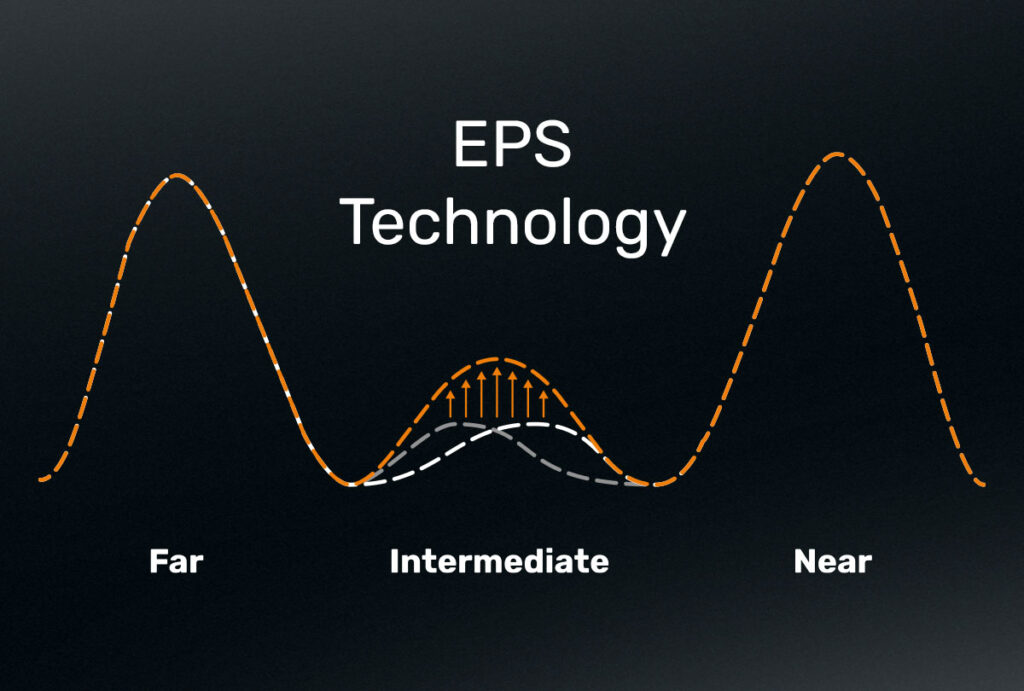Wavefront Linking Technology
Innovative EDOF technology for greater depth of field. Wavefront Linking Technology (WFL) extends the focus range while reducing optical interference.
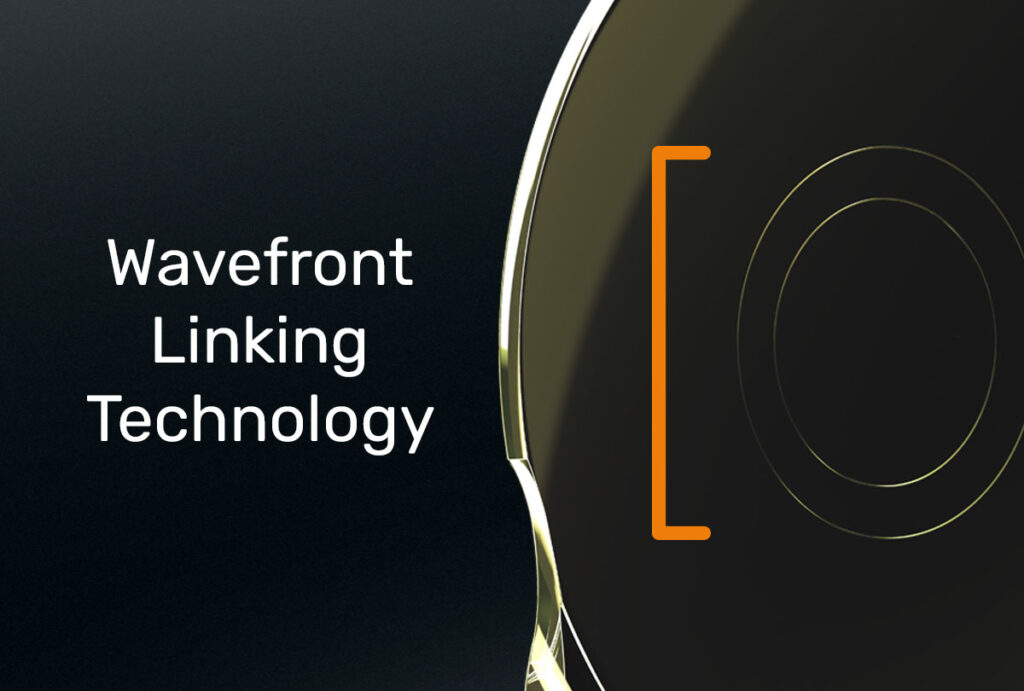
This creates a genuine EDOF intraocular lens (EDOF: Extended Depth of Focus), which offers a high level of visual comfort and enables extensive independence from glasses in everyday life.(1)
How does WFL technology work?
With WFL technology, several central refractive zones with different curvatures are connected via specially designed linking zones. In this way, the light is distributed continuously along the optical axis without being interrupted at the transitions between the zones (Fig. 2).
Targeted deformation of the wavefront extends the focus range
Each refractive zone generates a focus point for a specific distance. The transitions of the refractive zones are designed in such a way that a targeted deformation of the wave front is achieved through adapted phase jumps. This connection of the refractive zones with each other expands their focal points, creating a single extended focal area and thus achieving a wider range of functional vision (Fig. 3). (1)
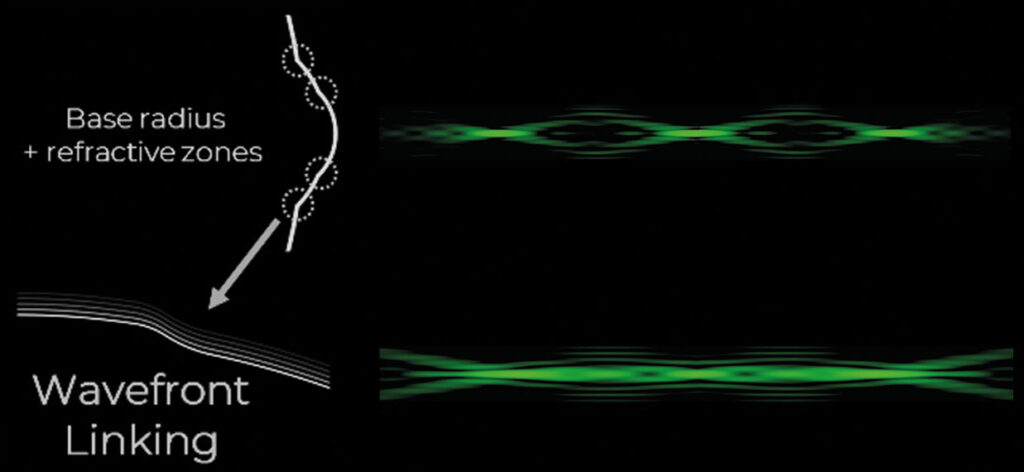
(Fig. 2) The linking of the anterior base curvature of the optics with the additional central refractive zones optimizes the light yield and ensures a continuous light distribution along the optical axis between the far focal point and the intermediate focal point.
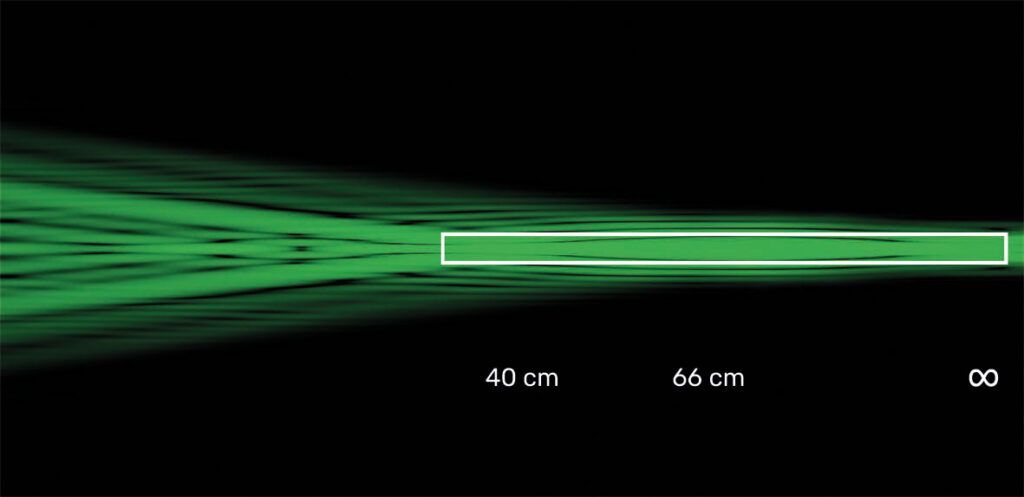
(Fig. 3) The result is an extended focus range from distant to intermediate. Since wavefront linking does not require diffractive rings, the risk of visual side effects is minimized.
WFL technology minimizes visual interference effects
Conventional diffractive optics can cause visual disturbances such as halos and glare. The more diffractive steps there are, the greater the risk.(1) WFL technology is a non-diffractive technology that enables sharp vision from the distance to the intermediate range. This makes it possible to reduce undesirable interference effects to a minimum.(1,2)
Studies show outstanding optical performance for EDOF IOLs
The optical performance of the EDOF IOL with WFL technology compares very favorably with the competitor IOL Vivity (Alcon), as the MTF curves show.(1)
In addition, the defocus curve confirms continuously sharp vision at different distances.(1,3) Using WFL technology, the Basis Z EDOF clearly exceeds the criteria for EDOF optics defined in ANSI standard Z80.35 2018 A (see Fig. 4).
The WFL technology also ensures lower Light Distortion Index (LDI) values compared to other IOLs on the market.(2) The lower the LDI value, the less disturbing dysphotopsia is perceived and the better the quality of vision.
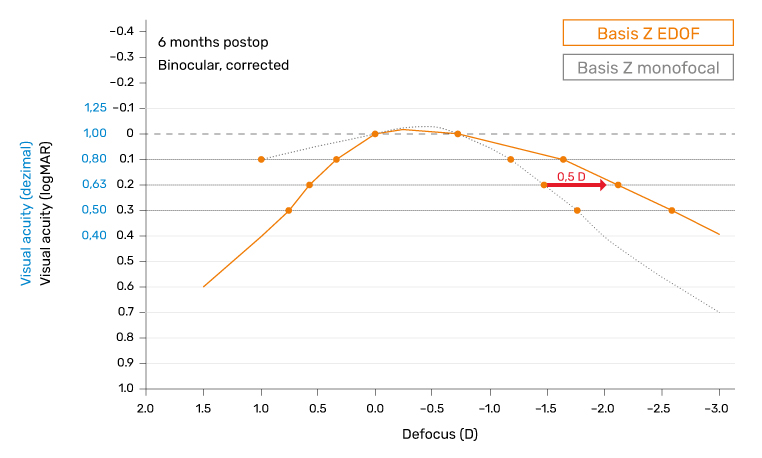
(Fig. 4) The horizontal arrow indicates the specification of the ANSI standard. Basis Z EDOF: Preliminary data, further investigation in progress to confirm the current results; Basis Z monofocal: representative VA values according to PMCF survey by 1stQ, data on file. *American National Standard Institute: CDVA at distance not worse than 0.1 logMAR compared to monofocal IOLs. Depth of field with logMAR 0.2 at least 0.5 D greater than with monofocal IOLs. 50 % of the eyes achieve an intermediate (66 cm) VA of 63 %.
How do you benefit from this as an ophthalmologist?
WFL technology expands your treatment options for presbyopia and cataracts. With the Z EDOF base, which is based on wavefront linking, you can offer your patients a solution for virtually spectacle-independent vision with significantly reduced visual disturbances.(1,2) This combines the advantages of monofocal and multifocal IOLs and largely compensates for their disadvantages: In contrast to a monofocal lens, the EDOF IOL with WFL technology achieves excellent distance and intermediate visual acuity as well as functional near visual acuity and also minimizes visual interference effects, which can occur with conventional trifocal lenses in particular. This enables you to achieve a high level of patient satisfaction.(1)
Benefits of WFL technology for your patients
For your patients, WFL technology means a high degree of independence from spectacles after lens replacement. The EDOF IOL with wavefront linking offers various advantages, especially for people with an active lifestyle:(1–3)
- Outstanding vision quality at a distance and in the intermediate range
- High degree of functional vision in the vicinity
- Virtually independent of glasses (reading glasses often only necessary in poor lighting conditions)
- Minimization of disruptive effects such as halos and glare enables driving without glasses.
- Everyday activities can largely be carried out without additional visual aids.
References
(1) Extended Depth of Focus with the Bi-Flex ELON IOL. Eurotimes Suppl. September 2022. (2) Fernández, J.; Rodríguez-Vallejo, M.; QVision Spain. Unpubl. Data. (3) Győry, J.; Németh, G.; Pesztenlehrer, N. Comparative Analysis of the Visual Performance and Patient Satisfaction after Cataract Surgery with Implantation of a Medicontur Monofocal (877PAY) or a Medicontur Extended Depth of Focus (877PEY) IOL. Interim Clin. Investig. Rep. 2022.

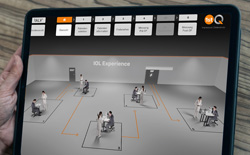 IOL-Experience
IOL-Experience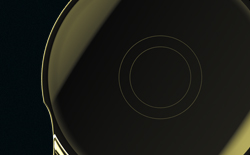 Technologies
Technologies IOL calculators
IOL calculators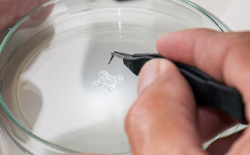 Service & handling
Service & handling Sustainability
Sustainability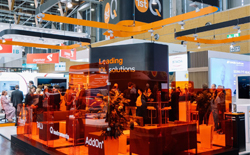 Congresses and events
Congresses and events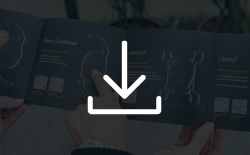 Download Center
Download Center